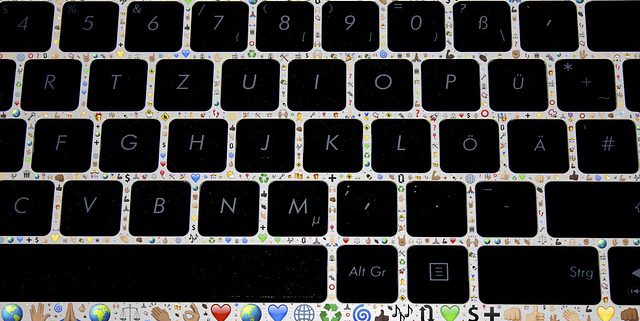Are emoji translations more than a gimmick?
In a previous post we have already touched to the emergence of emoji’s or emoticons and how they are now being used every day to communicate with one another instead of using actually words. And now in fact there are now emoji to text translation software’s available to download on your phones right now. You could be forgiven by thinking this is all just a gimmick and nothing really more than a novelty that would eventually lose its appeal. But for some people these alternative translation services mean much more to them.
In a story originally reported by VICE’s Motherboard; they tell a story of how a stroke survivors use of emoji to text translation software is having a positive impact for people who have communication problems, helping them to break the barriers.
In 2005, Judy Crane was at the peak of her powers in medical sales when she was diagnosed with aortic dissection at the age of 47. As a result of a complication from the surgery of her aortic valve, she had a stroke she which left with paralysis and aphasia. Aphasia affects the part of the brain responsible for communication. Crane had problems reading, writing, speaking and processing information; this inevitably left her unable to continue her job.
Crane, who runs the Young Aphasia Communications Club, said to Motherboard that all she wanted to do was to get her message across and tell her story and that not being able to convey her message was frustrating as well as isolating and anything that could aide this would be ‘wonderful’.
There are an estimated two million people in the United States alone who suffer from aphasia, according to the National Aphasia Association (NAA) but not enough technology to support them. However Crane did use Dragon’s speech recognition software as well as things such as speech to text and predictive texting via her phone. This is where Samsung’s emoji to text translator ‘Wemogee’ can help improve matters. Wemogee is an app which is used to communicate through emoji’s, the sender will send their message using an emoji from the library of 140 phrases and the receiver will then get the fast translation of the message written in text. For example a smile and thumbs up emoji sent will be received as “How are you?”
When asked her thoughts on this app for people with aphasia she noted that although she did not really pay attention to emoji’s as such but friends in her Young Aphasia Communications Club will find it useful as sometimes those with this disorder will shy away from communication when it becomes too hard and this app just might be the way to keep them communicating which is vital for individuals with aphasia.
Crane can write, send emails and hold conversations now twelve years after her stroke and she advocates that assistive technology could be better in helping however they can.
Of course this technology is in the early stages so it is understandable there are glitches in the app but it just goes to show the potential in this software and that emoji translations are not as ridiculous as you once thought and who knows maybe one day companies would be offering multi-lingual emoji translations, emoji to Romanian translation services anyone?



